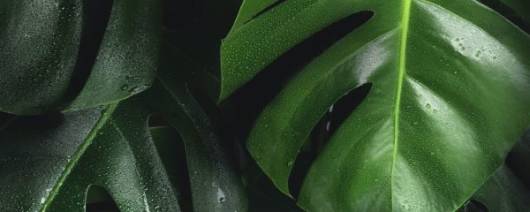
- INCI Name:Prunus Amygdalus Dulcis (Sweet Almond) Oil
- Ingredient Origin:Natural Origin, Non-Animal Origin, Plant Origin
- Benefit Claims:Softening, Sticky Skin Feel, SPF Enhancement, Anti-Wrinkle, Healthy-Looking Hair, Frizz Control, Strengthening, Even Skin Tone, Hair Protection, High Purity, Cleansing, Irritation Reduction, Anti-Bacterial, Healthy-Looking Skin, Improves Skin Elasticity, Light Feel, Antioxidant Properties, Rapid Absorption, Scalp Protection Effect, Sun Protection, Non-Irradiated, Anti-Fungal, Moisturizing, Suitable for Sensitive Skin, Complexion, Anti-Inflammatory, Cleaning, Soothing, Nourishing, Anti-Aging, Split Ends Repair
- Labeling Claims:Naturally Derived, TSE-free, Natural, CMR Substances-free, Non-Toxic, BSE-free, Plant-Based, Not Tested on Animals, Non-GMO, Credo Clean Standard, Clean at Sephora, Cruelty-Free, Phthalates-free, Cold-Pressed, Ulta Beauty's Conscious Beauty, Not Listed In California Proposition 65, Nanomaterials-free, Organic
- Certifications & Compliance:USDA Certified, Organic Certified, FDA Compliant, Nagoya Compliant
Conventional or organic available The Almond tree (Prunus dulcis) is a member of the Rosaceae (rose) family, along with many other tree fruits such as peaches, apples, pears, plums, cherries, and apricots. The almond is a small bushy deciduous tree with beautiful pink blossoms and highly prized edible nuts enclosed in a hard green hull. It’s a small to medium sized tree with a spreading, open canopy, usually 10-15 feet in commercial orchards. It is an excellent, self-pollinating almond that bears heavy crops of soft-shelled almonds with a good, sweet flavor. The kernels are broad, full and oval in shape. The tree has an upright form that is a self-pollinating papershell. Almonds require a climate with dry summer/autumns and cool winters. Almond and related species are native to the Mediterranean climate region of the Middle East. The original plantings and beginning of the almond industry in Australia occurred in the Adelaide Hills of South Australia. The industry expanded into the South Australian Riverland in the 1960s and then along the Murray River in the 1970s. The Australian almond industry is concentrated in NSW, SA and Victoria with almost 29,000 ha of cultivated almond trees.